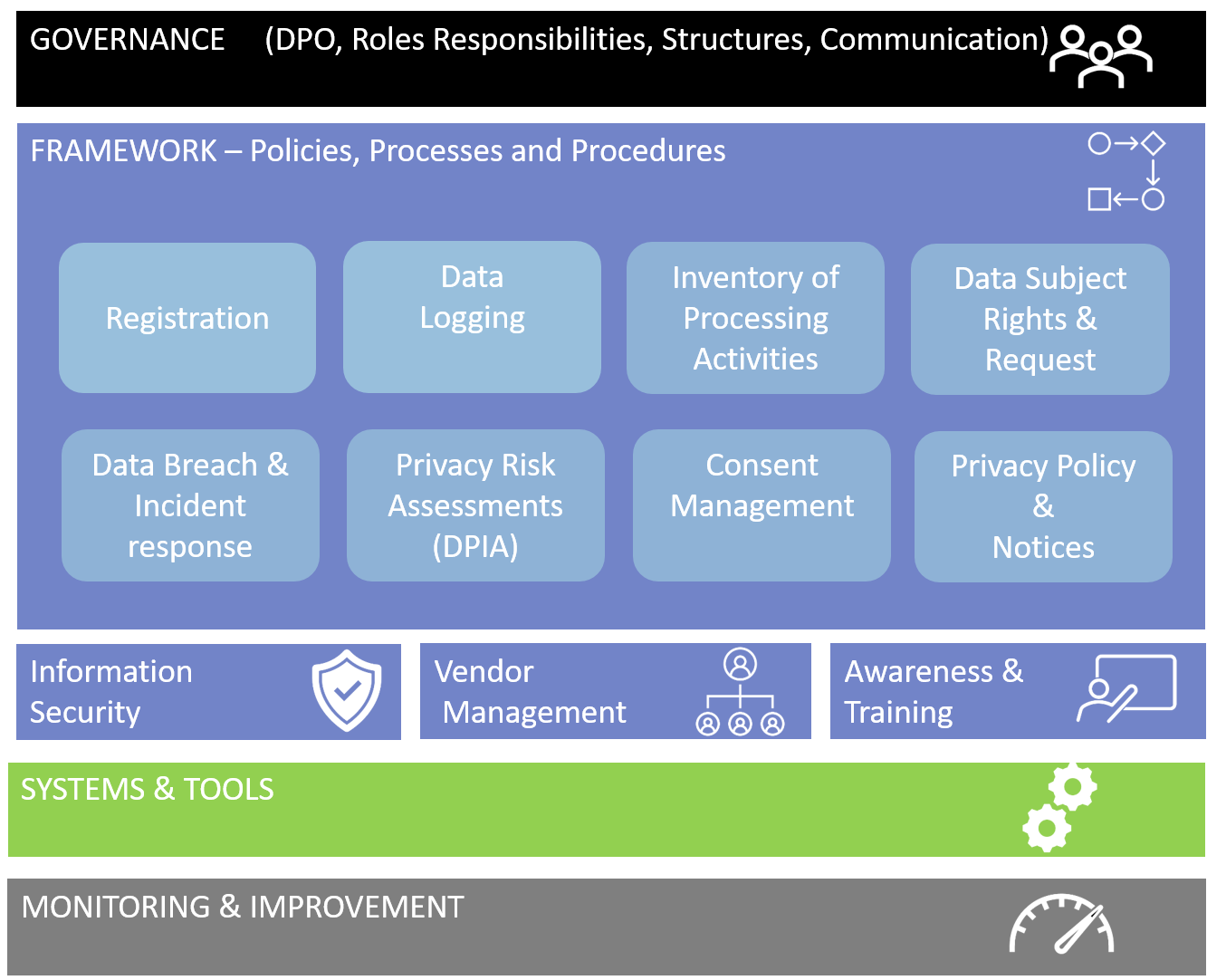IPP A010054: Your Ultimate Guide To Data Protection Compliance
Data protection compliance is more than just a checkbox on your business's to-do list. It's about safeguarding sensitive information and building trust with your customers. In today's digital world, data breaches can be devastating—both financially and reputationally. So, if you're hearing about IPP A010054 for the first time, don't sweat it. We've got your back.
IPP A010054 isn't just some random code—it's a critical component of data protection laws that businesses need to understand. If you're wondering why this matters, consider this: in 2022 alone, data breaches cost companies an average of $4.35 million per incident. That's a lot of money down the drain because someone didn't follow the rules. So, buckle up and let's dive into what IPP A010054 means for you and your organization.
Whether you're a small business owner or part of a large corporation, data protection compliance isn't optional—it's mandatory. This guide will walk you through everything you need to know about IPP A010054, including what it entails, how to implement it, and why it's so important. By the end of this article, you'll feel confident in navigating the world of data protection laws.
- Unveiling The World Of Hindimoviez Your Ultimate Guide To Streaming Bollywood Movies
- Hindmoviescom Your Ultimate Destination For Bollywood Magic And Beyond
What Is IPP A010054?
IPP A010054 is essentially a set of guidelines designed to help organizations comply with data protection regulations. Think of it as your roadmap to ensuring that personal information is handled responsibly and securely. It's part of a larger framework that includes other privacy principles, but we'll focus on this one because it's crucial for businesses operating in today's digital landscape.
Here's the deal: IPP A010054 specifically addresses how organizations should collect, store, and manage personal data. It ensures that individuals' information is protected from unauthorized access, misuse, or disclosure. In simpler terms, it's all about keeping people's private stuff private. And honestly, isn't that what everyone wants?
Why IPP A010054 Matters
Now, you might be thinking, "Why should I care about IPP A010054?" Well, here's why:
- Rog Moviesfun Your Ultimate Destination For Cinematic Adventures
- 4movie Rullez Your Ultimate Guide To Streaming Movies Online
- Legal Requirements: Non-compliance can lead to hefty fines and legal trouble. No one wants to deal with lawsuits, right?
- Customer Trust: When people know their data is safe with you, they're more likely to do business with you. Simple as that.
- Reputation: A single data breach can ruin your company's reputation faster than you can say "password123."
So, yeah, IPP A010054 is a big deal. Let's not overlook its importance. If you want to stay ahead of the game, understanding these principles is key.
Understanding Data Protection Principles
Data protection isn't just about throwing up firewalls and hoping for the best. It's about adhering to specific principles that guide how data is managed. IPP A010054 is one of those principles, and it plays a vital role in ensuring compliance. Here's a quick rundown of what it entails:
Key Components of IPP A010054
Let's break down the main components of IPP A010054 so you can wrap your head around it:
- Data Collection: You can only collect personal data if it's necessary for your operations. No sneaky extras allowed.
- Data Storage: Personal information must be stored securely and only for as long as needed. No hoarding data like a digital squirrel.
- Data Sharing: If you're sharing data with third parties, you better have a solid reason and proper safeguards in place.
These components might sound simple, but they require careful planning and execution. It's not just about setting up a fancy software system; it's about creating a culture of data protection within your organization.
How to Implement IPP A010054
Alright, so now you know what IPP A010054 is and why it's important. But how do you actually implement it in your business? Here's a step-by-step guide to get you started:
Step 1: Assess Your Current Practices
Before you can fix anything, you need to know where you stand. Take a close look at how your organization currently handles personal data. Are there any gaps in your processes? Are your employees trained in data protection best practices? This assessment will help you identify areas that need improvement.
Step 2: Develop a Data Protection Policy
A solid data protection policy is your foundation for compliance. It should outline how your organization collects, stores, and shares personal data. Make sure it's clear, concise, and accessible to everyone in your team. Think of it as your company's rulebook for data protection.
Step 3: Train Your Employees
Your employees are your first line of defense when it comes to data protection. They need to understand the importance of IPP A010054 and how it applies to their daily tasks. Regular training sessions and refresher courses can help keep everyone on the same page.
Common Challenges in IPP A010054 Compliance
Let's face it—compliance isn't always easy. There are plenty of challenges that organizations face when trying to implement IPP A010054. Here are a few common ones:
Challenge 1: Keeping Up with Changing Regulations
Data protection laws are constantly evolving, and it can be tough to keep up with all the changes. One day you're compliant, and the next day there's a new rule to follow. Staying informed and adaptable is key to overcoming this challenge.
Challenge 2: Balancing Security with Usability
While it's important to secure personal data, you don't want to make it so difficult to access that it hinders productivity. Finding the right balance between security and usability is a delicate dance that requires careful consideration.
Best Practices for IPP A010054 Compliance
Now that you know the challenges, let's talk about some best practices to help you achieve IPP A010054 compliance:
- Regular Audits: Conduct regular audits to ensure your processes are up to snuff. It's like giving your data protection system a checkup.
- Encryption: Use encryption to protect sensitive data both in transit and at rest. It's like putting a digital lock on your information.
- Access Controls: Limit access to personal data to only those who absolutely need it. This reduces the risk of unauthorized access.
By following these best practices, you'll be well on your way to achieving compliance and protecting your organization's data.
Real-World Examples of IPP A010054 in Action
Let's take a look at some real-world examples of organizations successfully implementing IPP A010054:
Example 1: A Tech Company
This tech company implemented a robust data protection policy that included encryption, access controls, and regular employee training. As a result, they were able to avoid costly data breaches and maintain customer trust.
Example 2: A Healthcare Provider
A healthcare provider adopted IPP A010054 principles to safeguard patient information. By doing so, they not only complied with regulations but also improved their overall data management practices.
Why Trust Matters in Data Protection
Trust is the backbone of any successful business relationship. When customers trust that their data is safe with you, they're more likely to engage with your brand. IPP A010054 plays a critical role in building that trust by ensuring that personal information is handled responsibly.
Think about it: would you give your credit card information to a company that didn't seem to care about data protection? Probably not. That's why compliance isn't just about avoiding fines—it's about fostering trust and loyalty with your customers.
Future Trends in Data Protection
As technology continues to evolve, so do data protection trends. Here are a few things to keep an eye on:
- AI and Machine Learning: These technologies are being used to enhance data protection by detecting anomalies and potential threats.
- Blockchain: Blockchain technology offers new possibilities for secure data management and transparency.
Staying ahead of these trends can help your organization remain compliant and competitive in the ever-changing world of data protection.
Conclusion: Take Action Today
IPP A010054 might seem like just another set of guidelines, but it's so much more than that. It's about protecting people's personal information and building trust with your customers. By understanding and implementing these principles, you're not only complying with the law but also safeguarding your organization's future.
So, what are you waiting for? Take action today. Assess your current practices, develop a data protection policy, and train your employees. And don't forget to share this article with your colleagues and friends. Together, we can create a safer digital world.
Table of Contents:
- What Is IPP A010054?
- Why IPP A010054 Matters
- Understanding Data Protection Principles
- How to Implement IPP A010054
- Common Challenges in IPP A010054 Compliance
- Best Practices for IPP A010054 Compliance
- Real-World Examples of IPP A010054 in Action
- Why Trust Matters in Data Protection
- Future Trends in Data Protection
- Conclusion: Take Action Today
Article Recommendations
- Filmyworld Movies Your Ultimate Destination For All Things Cinema
- Movierulz Kannada 2024 Download Your Ultimate Guide To Movies And Entertainment



Detail Author:
- Name : Mr. Vladimir Douglas
- Username : abbott.alicia
- Email : alize.beahan@gmail.com
- Birthdate : 1986-12-27
- Address : 3194 Kenya Ranch East Mossie, NY 23370-0637
- Phone : +1-314-413-4819
- Company : Donnelly Group
- Job : Cabinetmaker
- Bio : Dignissimos voluptatem inventore qui vitae esse quia ut. Adipisci debitis reiciendis iste ut quibusdam non. Explicabo possimus et quis voluptas autem totam.
Socials
twitter:
- url : https://twitter.com/joesph_wiza
- username : joesph_wiza
- bio : Sunt explicabo et numquam unde libero. Voluptas iure aut maxime error maxime. Et officiis accusamus est quia minima sint.
- followers : 2234
- following : 520
linkedin:
- url : https://linkedin.com/in/joesphwiza
- username : joesphwiza
- bio : Qui temporibus dolorem dolore esse.
- followers : 5703
- following : 774
facebook:
- url : https://facebook.com/joesphwiza
- username : joesphwiza
- bio : Impedit soluta esse ut pariatur molestias quo laboriosam.
- followers : 3575
- following : 580
instagram:
- url : https://instagram.com/wizaj
- username : wizaj
- bio : Debitis maiores eos nihil a exercitationem libero. Nam eaque ut facere.
- followers : 6799
- following : 2845
tiktok:
- url : https://tiktok.com/@wiza1974
- username : wiza1974
- bio : Aperiam sint numquam sapiente repellat inventore.
- followers : 1679
- following : 1341